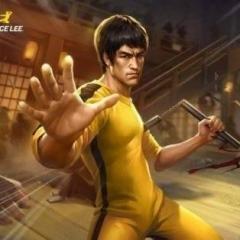-
Recently Browsing
- No registered users viewing this page.
-
Topics
-
Posts
-
In repairing a generic Swiss cylinder quarter repeater pocket watch with no repeat mainspring I'm trying to work out how to determine the size of a suitable spring. Barrel ID 7.6mm, Arbor 2.77mm height around 1.45mm. Clearly only one turn is used plus setup, but the only actual figure I can find in Saunier who says in the previous half century 3.5 turns was considered good (and Saunier is about 1880). Calculating off that would suggest about a 0.15mm thick spring 128mm long. That feels intuitively a little thick, but I don't have another repeater conveniently to hand to check so any pointers welcome. Photo shows the repeat train assembled without the bridge since that hides everything. Alan
-
By nickelsilver · Posted
To identify movements the standard practice is the actual diameter of the movement, and a front on image of both the movement side and the dial side- minus the dial. The setting mechanism (under the dial) is considered the "fingerprint" of the movement and 9/10 leads to full identification. -
What of? The wheel itself (standard lever escapement) or the plate with no numbers on it? Does that help, from the ebay listing?
-
Thanks. I did make a self introduction— perhaps in the wrong place? 🤔😢In any I am an Australian 🇦🇺 American living in the beautiful Gold Coast, Queensland Australia. I love Grand Seiko and Seiko watches, and recently came back from the Grand Seiko Shizukuishi Studio in northern Japan where I was blown away by the design artistry and technical excellence. More later on that (including photos, if interested!)
-
By rossjackson01 · Posted
Bbefixer. I had the same type of problem when I first joined the forum. A pocket watch movement with no markings. Photographs of the the movement, and the members came to the rescue. Within days I had a number of suggestions. Found the details and information of the movement on ranfft. Never managed to get a donor, but at least I know what I need. The members are really knowledgeable.
-






Recommended Posts